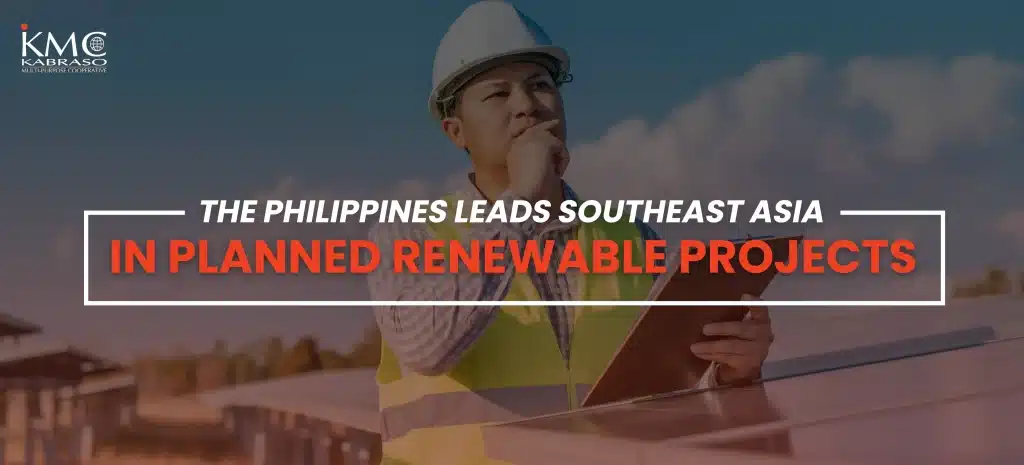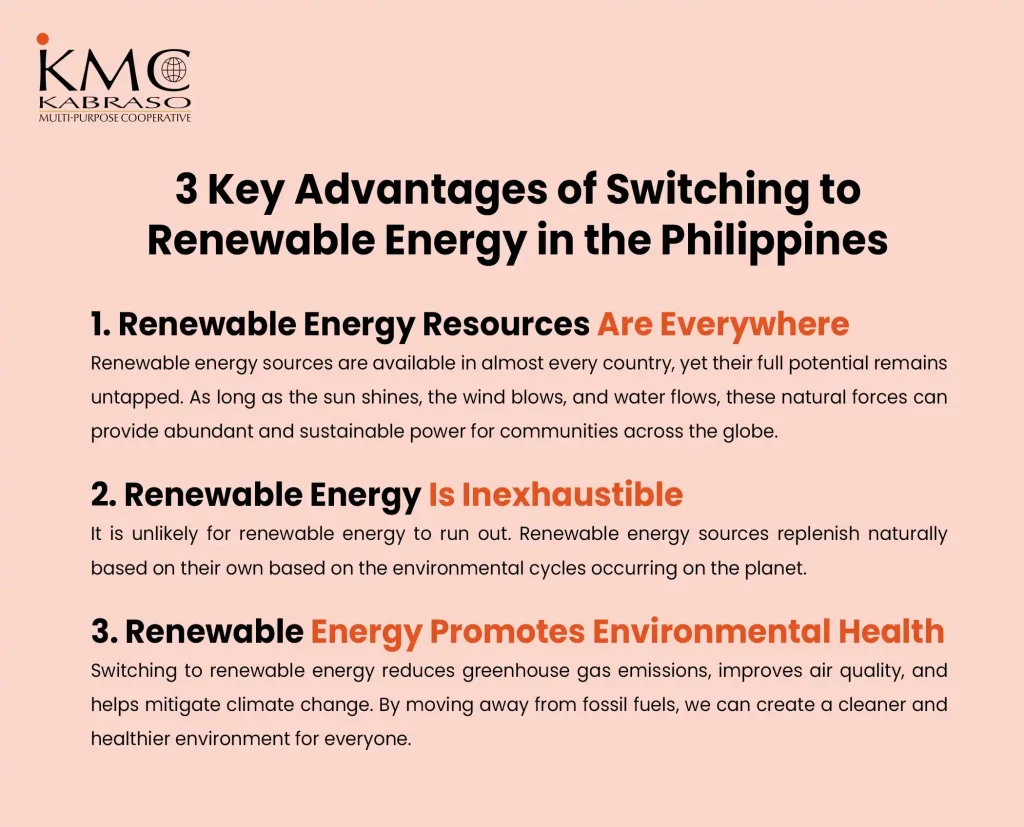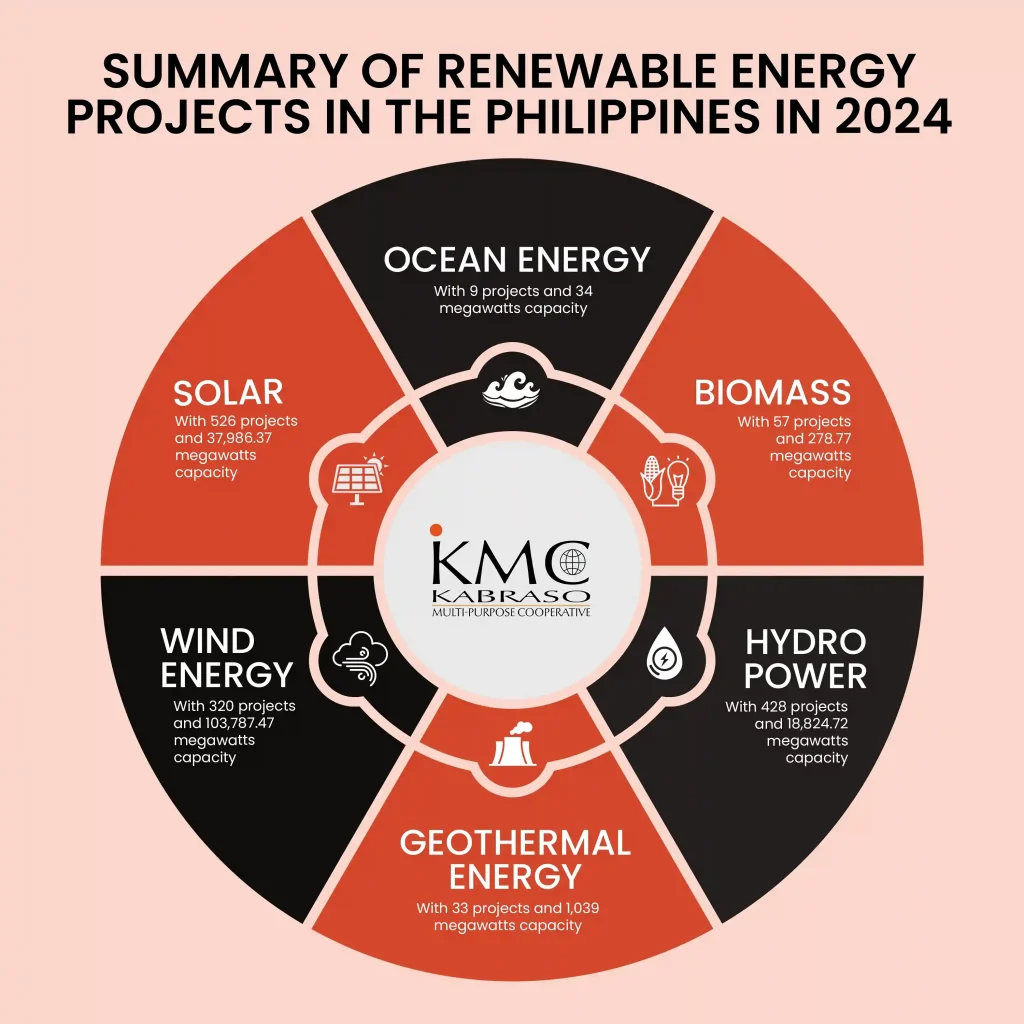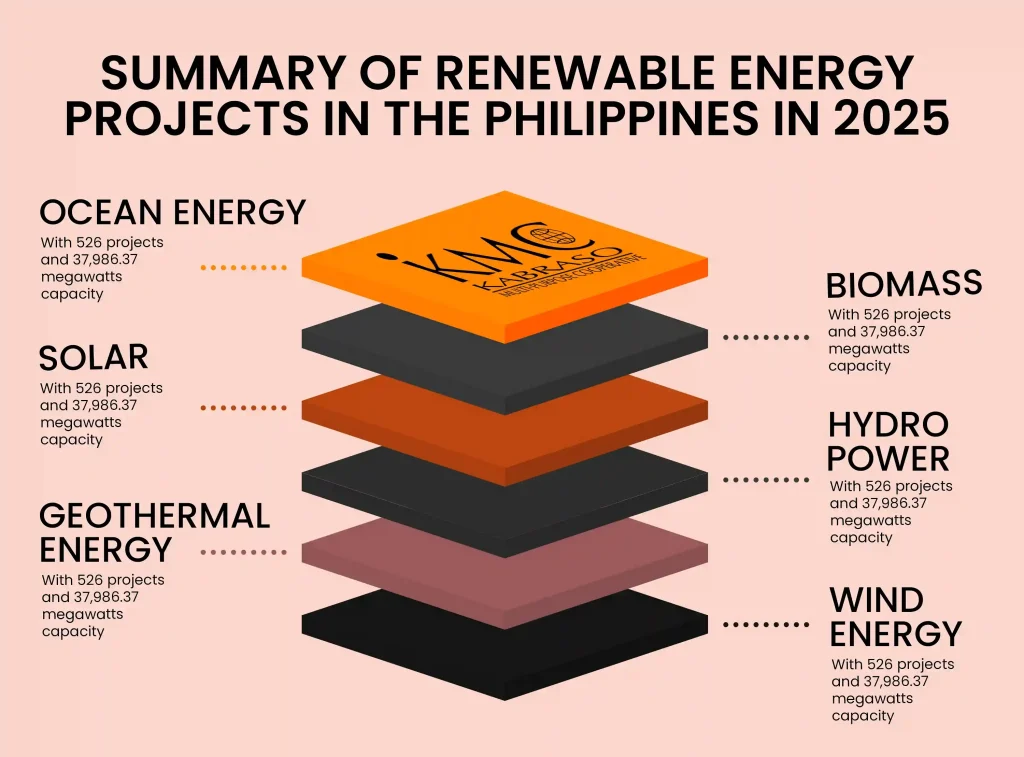The Philippines is blessed with an abundant renewable resource. Both finite and infinite. The vast grasslands that we have in the country promote us as an agricultural country. At the same time, even our waters reflect our status as a major fishing nation.
But beyond what our lands and waters can offer, our country’s totality, its location in the Pacific, and our exposure to trade winds elevate our status as a potential driver of renewable energy projects.
In this article, you will learn about the benefits of renewable energy. We will discuss current projects and the state of the industry. As you read further, you will have a deep understanding of the goals and challenges that are shaping the future of this growing field.
TABLE OF CONTENTS
- What is renewable energy, and what are its advantages?
- Potential of Renewable Energy Projects in the Philippines
- Philippines Renewable Energy Percentage
- Renewable Projects in the Philippines
- What is the current status of renewable energy in the Philippines?
- Summary of Renewable Energy Projects in the Philippines in 2024
- Challenges in the Philippines’ Renewable Energy Industry
- How Can Renewable Resources Be Sustained in the Philippines?
- Conclusion
Renewable Energy: Definition and Advantages
Renewable energy helps reduce the negative environmental impact caused by fossil fuels. In the Philippines, more businesses and even households are now becoming aware of the benefits of installing solar panels. Aside from reducing their electricity bills, they also help boost the growth of the Philippines’ renewable energy sector.
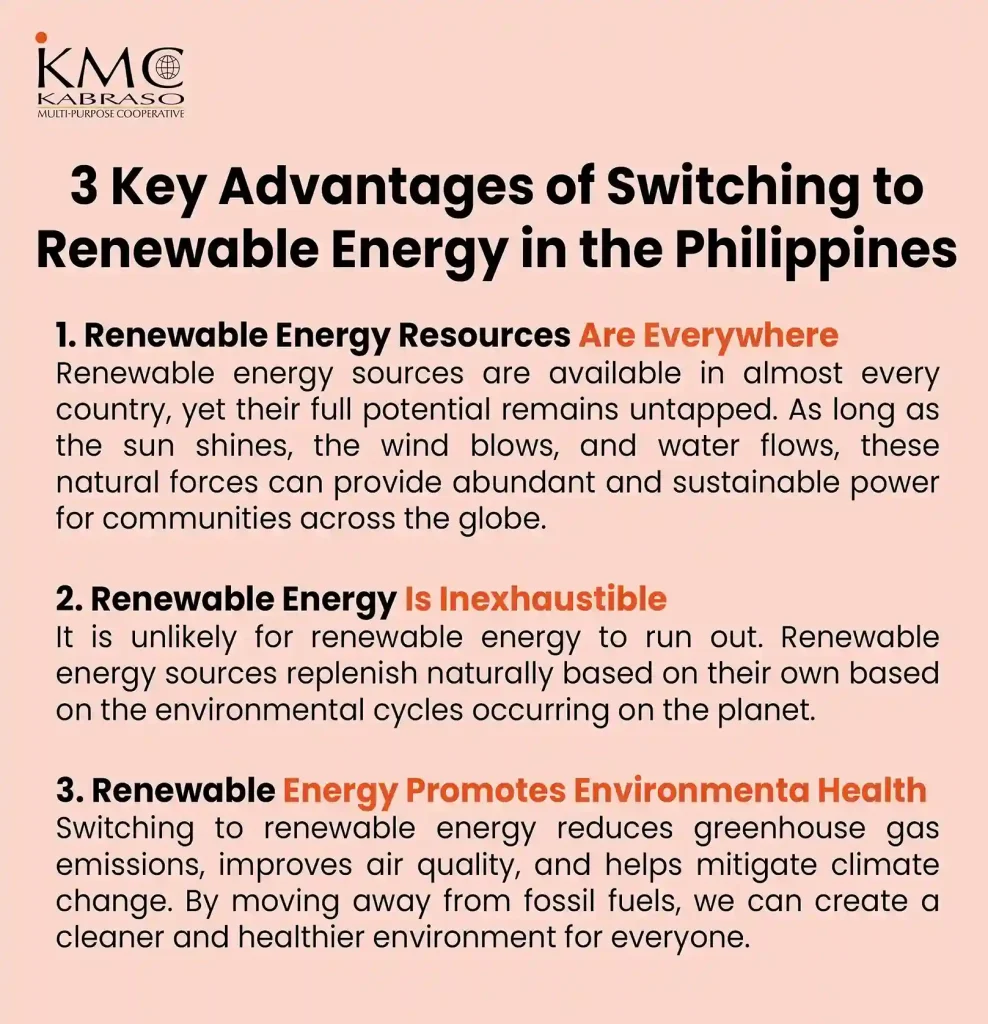
Discovering The Full Potential of Renewable Energy Projects in the Philippines
Blessed with the diversity of natural resources, the Philippines is slowly gaining attention for its renewable energy potential under key sectors of solar, wind, geothermal, and other forms of renewables.
In fact, the country has accomplished another milestone as it ranked as the 2nd most attractive emerging market for renewable energy investment. This is according to a 2024 statement report conducted by the Department of Energy (DoE).
The Philippines’ 5-year Ranking Improvement as the Most Attractive Emerging Markets for Renewable Energy Investment
Take a look at the ranking improvement of the Philippines in the clean energy investment within the past five (5) years. The DOE stated that this milestone reflects the growing confidence of the global community in the Philippines’ commitment to clean energy transition and sustainable growth.
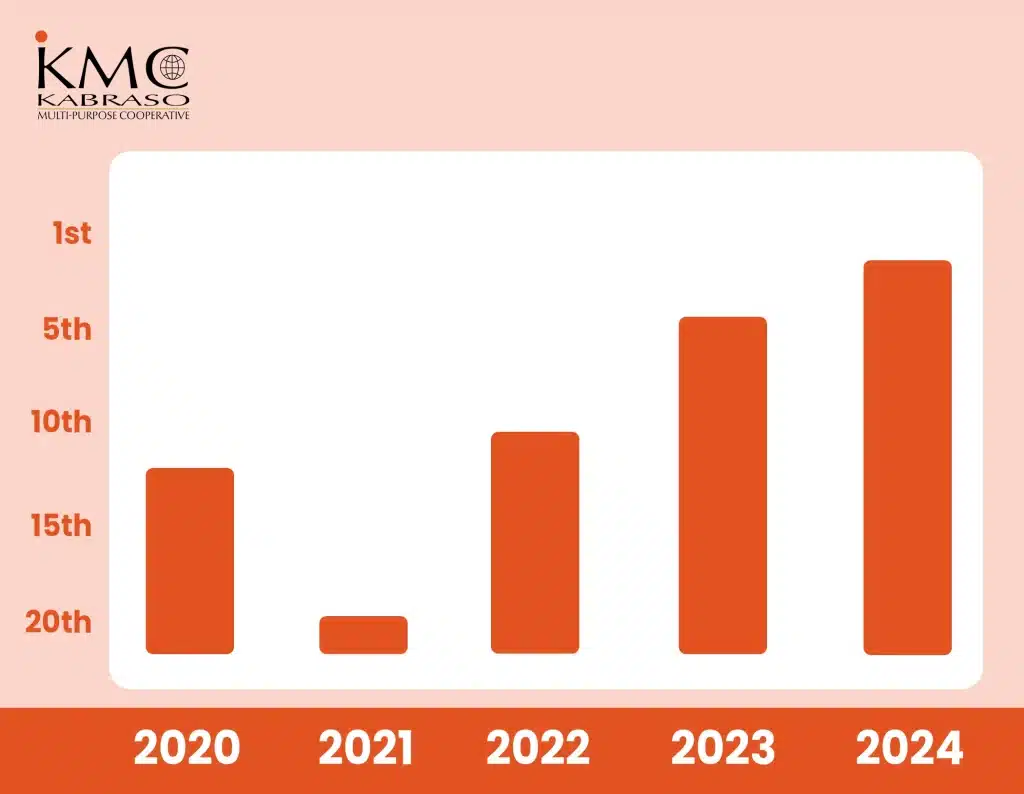
Data taken from: Global Climatescope
The Rise of Renewable Energy Projects in the Philippines
According to Ember Energy, renewable energy accounted for 21% of the Philippines’ total power mix in 2024. That same year, the country added 794.34 megawatts (MW) of new renewable capacity, providing an impressive 200% increase from 2023. This single-year growth even surpassed the combined total of 759.82 MW installed over the previous three years: 230.10 MW in 2021, 328.18 MW in 2022, and 201.54 MW in 2023.
Current Status of Renewable Energy Resources Projects in the Philippines
The 2024 Renewable Energy projects were broken down into the following numbers in the latest DoE report:
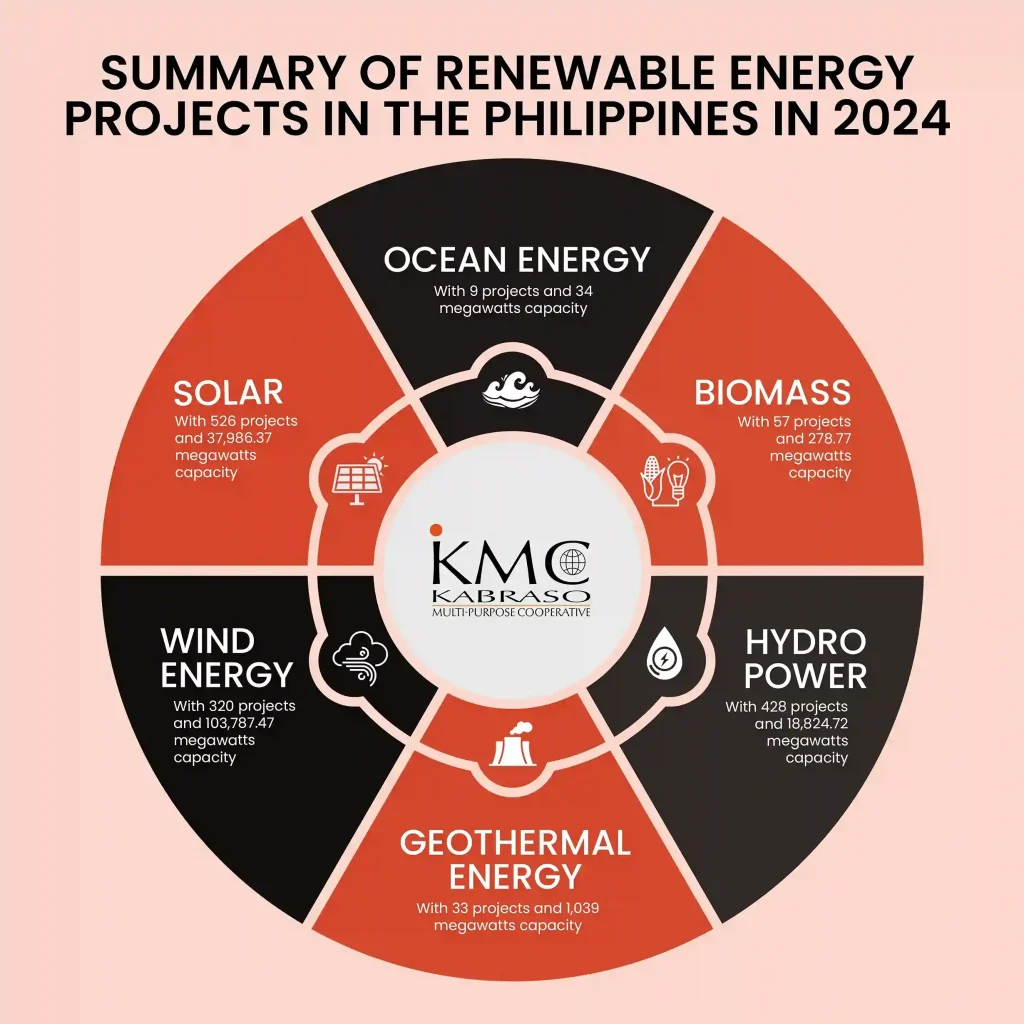
Data taken from: Department of Energy, 2024
Let’s compare this data with the summary of renewable energy projects that DoE has released as of April 30th, 2025:
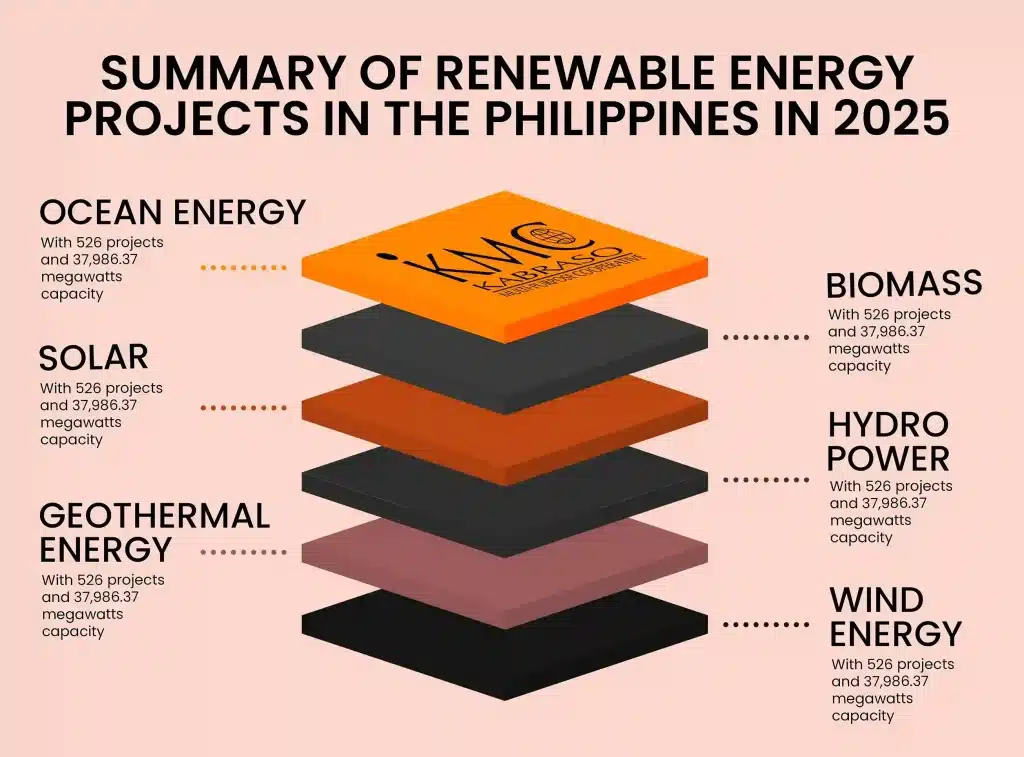
Data taken from: the Department of Energy, 2025
With the Department of Energy’s push for sustainable energy, the Power Development Plan (PDP) set a national renewable energy (RE) target of 35% by 2030 and 50% by 2040. The growing number of RE projects across the country highlights the Philippines’ strong commitment to reaching its clean energy goals.
Empower Your Renewable Projects with Kabraso Multipurpose Cooperative
From wind farms to seamless solar panel installations, our skilled workforce empowers your business to lead the transition toward clean and sustainable energy
Recruitment Challenges Renewable Energy Sector is Facing in the Philippines
The renewable energy sector in the Philippines holds immense potential for energy-efficient output. However, its growth is hindered by infrastructure gaps, regulatory barriers, and workforce shortages.
As the country accelerates its clean energy transition, addressing these challenges becomes essential to sustain the progressive move in achieving the country’s clean energy target.

1. Limited Availability of Workforce in Off-Grid Sites
One major challenge in the Philippines’ recruitment for the renewable energy sector is the lack of power transmission infrastructure, especially in areas rich in renewable resources. These limitations slow project deployment and make it difficult to attract and retain manpower in off-grid sites.

2. Skills Gap
There are still workers who lack the technical skills required for renewable energy projects. A recent study by the Institute for Labor Studies revealed that 75% of companies struggle to fill technical positions. Some examples of these roles include workers skilled in installing inverters connected to the grid and maintaining solar panel systems.

3. Slow Pace of Processes and Permits
Lengthy approval processes and regulatory bottlenecks delay project implementation and affect workforce planning. Companies struggle to retain project-based staff during idle periods, leading to higher recruitment turnover once permits are approved.

4. High Competition for Skilled Talent
There’s a growing need for skilled manpower in the renewable energy sector. Because of this, many companies are competing for a limited pool of workers. And when demand is high, recruitment becomes more difficult and expensive.

5. Shortage of Renewable Energy Manpower
Many jobs in the renewable energy industry will be created in the coming decades, but there’s still a growing concern that many of these positions will remain unfilled. Currently, there are over 700 job openings related to energy engineer roles listed on Glassdoor, and it takes around six months to fill one role.
This proves that the demand for skilled manpower in the renewable energy sector is rapidly increasing.
The sad news is, the labor market is not ready for it. With this in mind, it’s in the best interest of manpower agencies for the renewable energy sector to step up.
Related blogs you may find useful:
Strong Collaboration is the Key to Nurturing Renewable Projects in the Philippines
If there’s one factor that consistently helps to overcome recruitment challenges, it’s collaboration with a reliable service provider for manpower. Partnering with experts ensures that projects stay on track, even when faced with setbacks.
To see what happens when collaboration is weak, consider the example below.
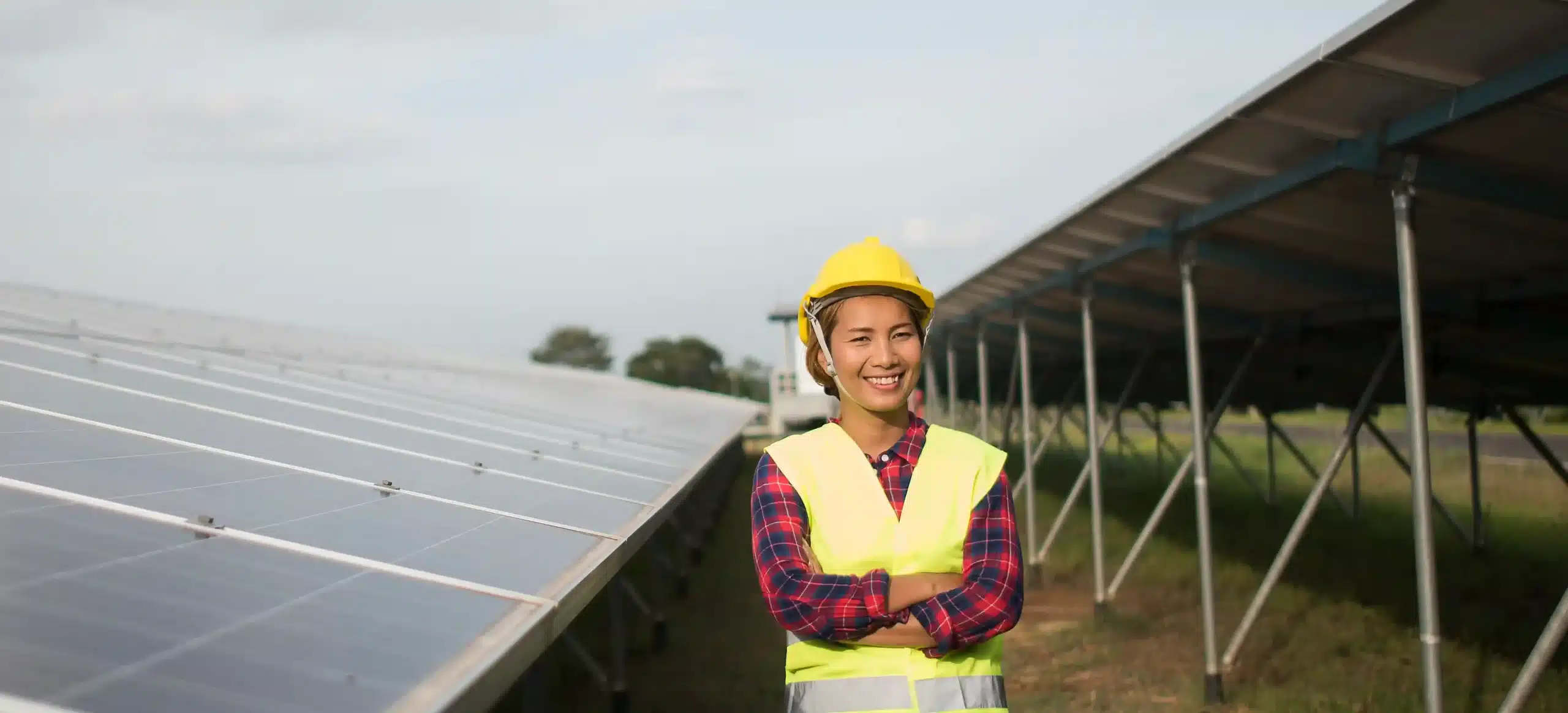
A renewable energy company began building a 50-megawatt wind farm in the remote mountains of Ilocos Norte, aiming to boost solar power generation in the region. However, the project soon encountered major challenges in the form of:
Poor road access
Steep terrain (made it difficult to transport wind turbine parts)
Heavy rains and landslides
Disputes with local communities and Indigenous groups over land rights further stalled progress. Eventually, the investors withdrew, and inaccurate wind assessments made the project unfeasible. Later on, the site was abandoned.
A clear reminder that renewable energy projects can only succeed through strong collaboration among developers, local stakeholders, government agencies, and reliable manpower partners.
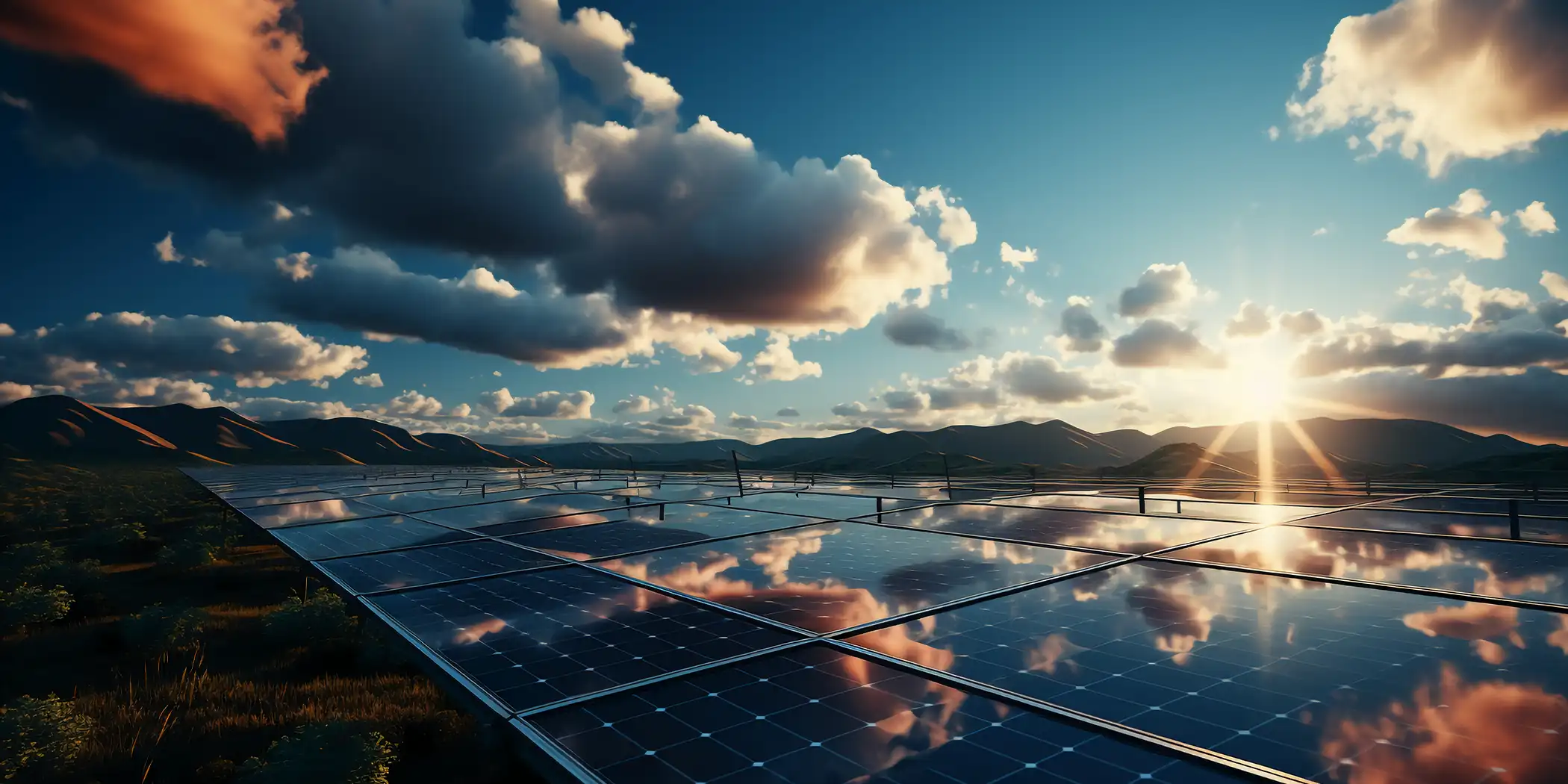
ABOUT KABRASO MULTI-PURPOSE COOPERATIVE
Kabraso Multipurpose Cooperative is a local manpower cooperative that offers custom-tailored solutions to businesses across various sectors in the Philippines.
To explore opportunities, contact us today. Let’s partner for a prosperous future.
Check Our ServicesHow Kabraso Helps You to Future-Proof Your Renewable Projects in the Philippines
If you’re looking for a skilled workforce for your renewable energy projects, Kabraso offers a strong network of qualified candidates ready to meet your manpower needs. This talent pool is equipped with the skills and experience required to drive higher productivity and sustainable growth in the renewable energy industry.
Conclusion
In building a greener and more sustainable future, companies leading renewable energy projects must stay firm in their commitment to this transformative mission. Without a strong foundation, the right expertise, and enough manpower support during implementation, reaching the 35% renewable energy target by 2030 will be challenging. That’s why everyone must understand the importance of the goals behind these sustainable projects.
No single organization can address these issues alone. As the saying goes, “If you want to go far, go together.” A shared vision and strong partnership drive transformative solutions that push the Philippines’ renewable energy sector to build a greener, more resilient economy for the future.

